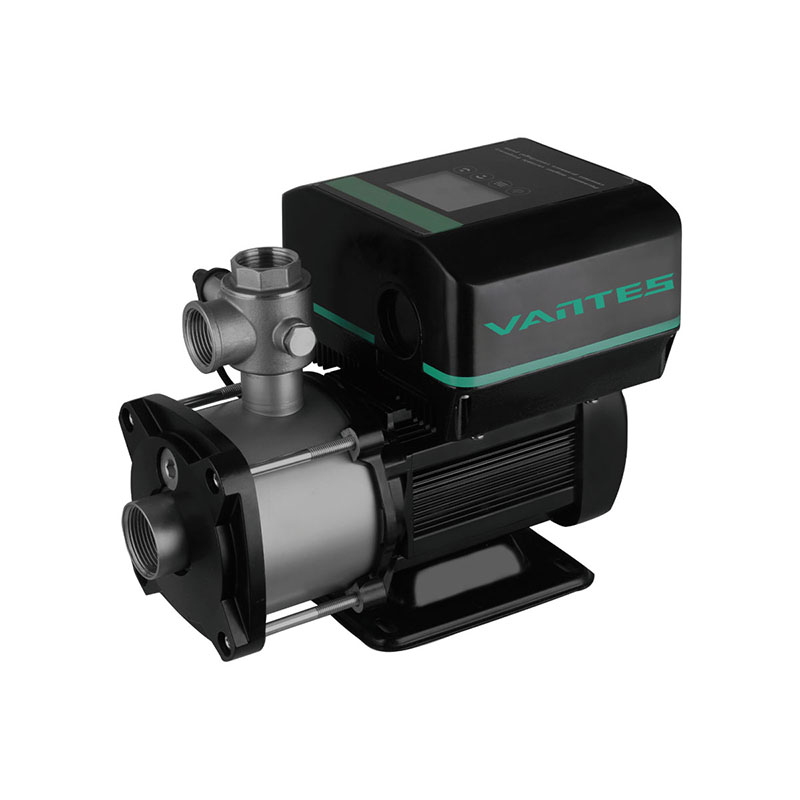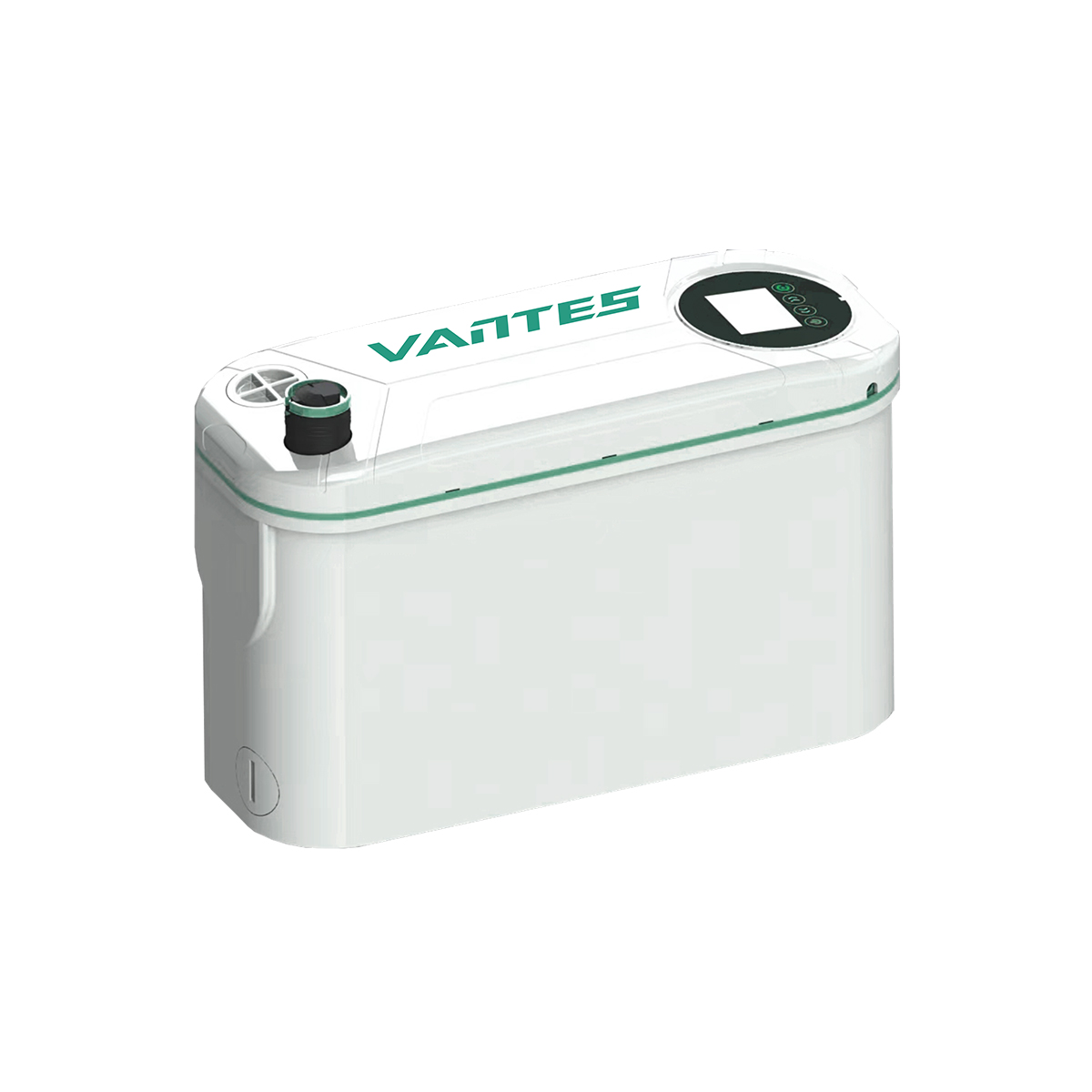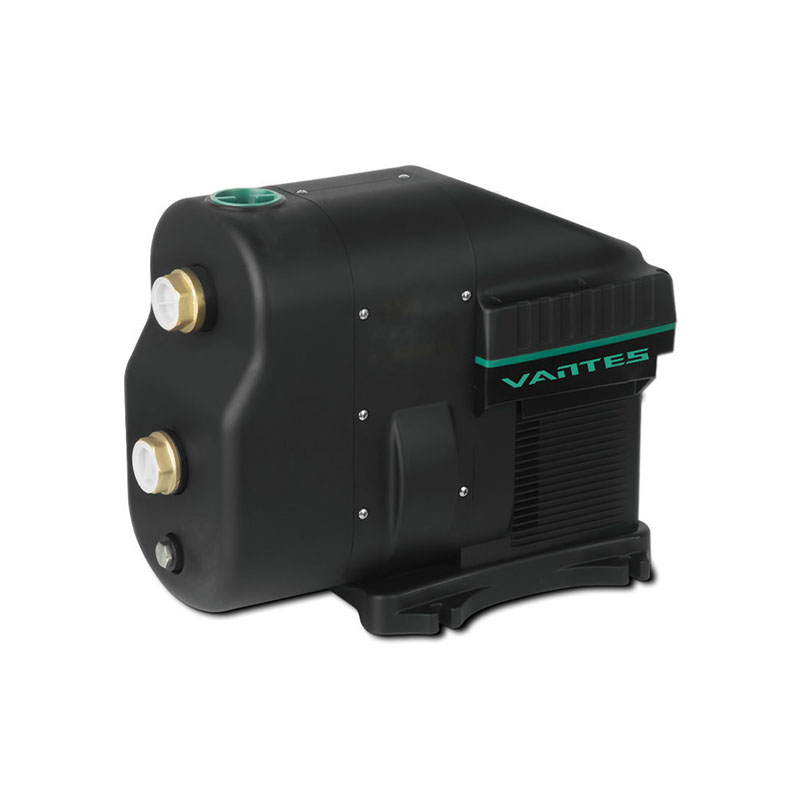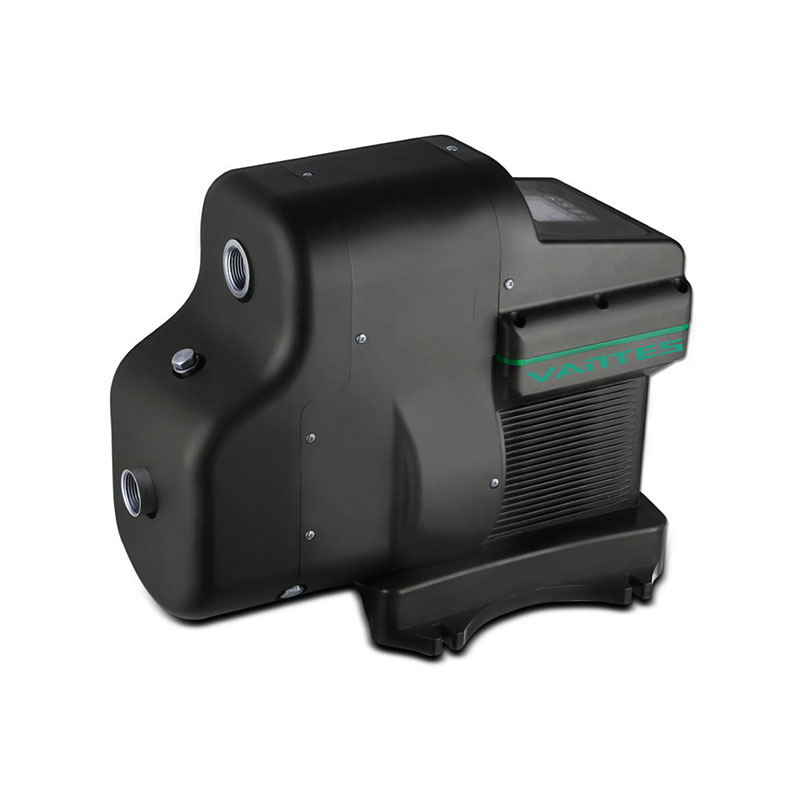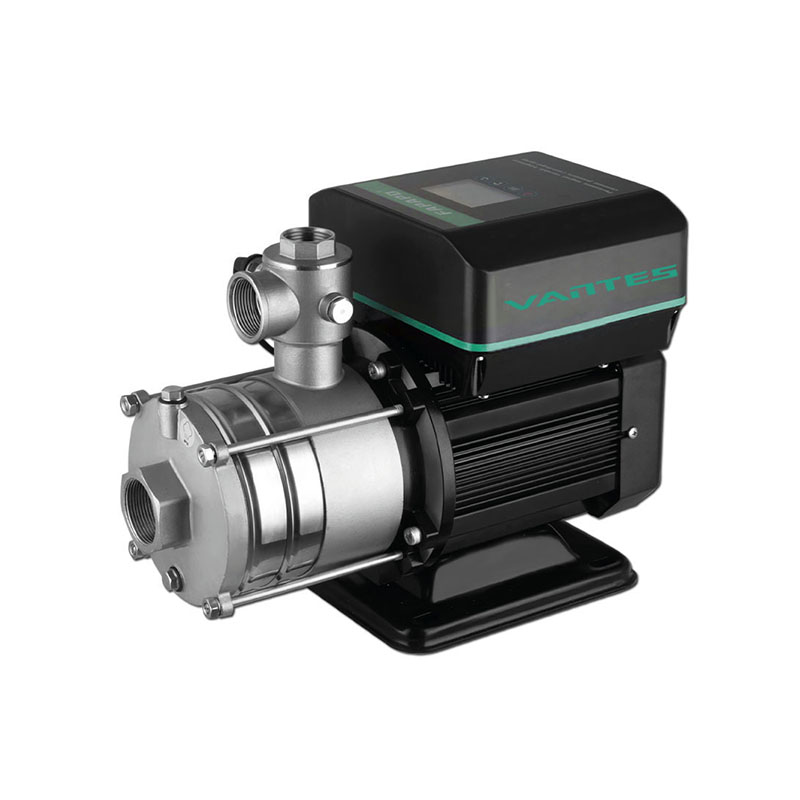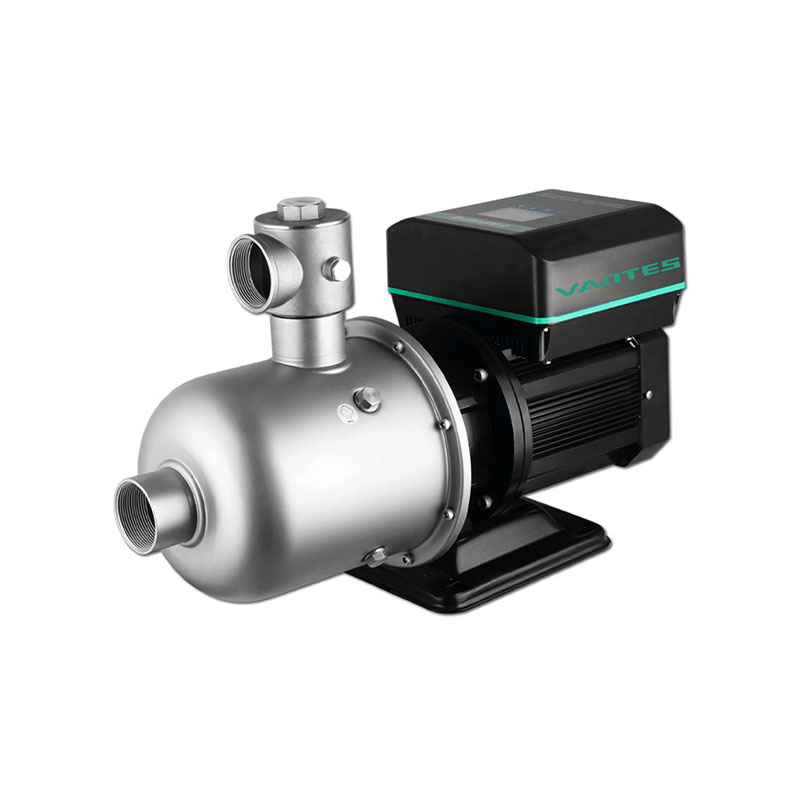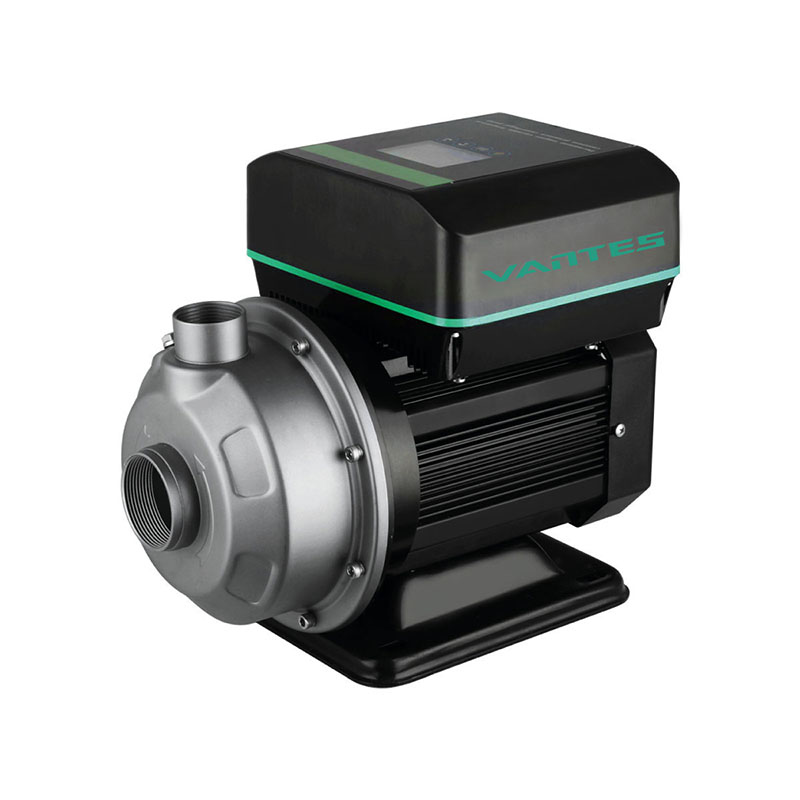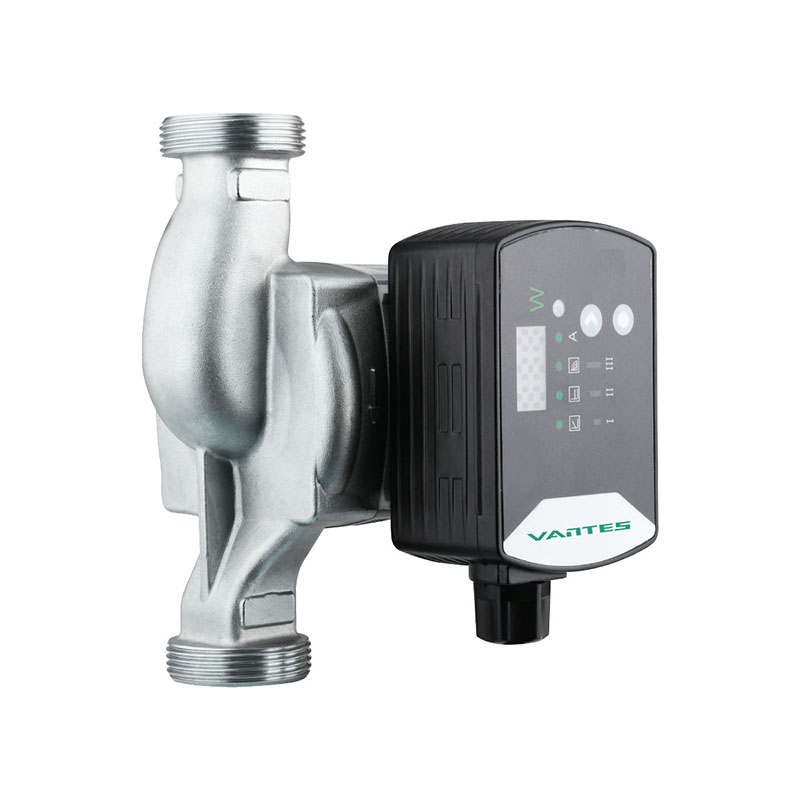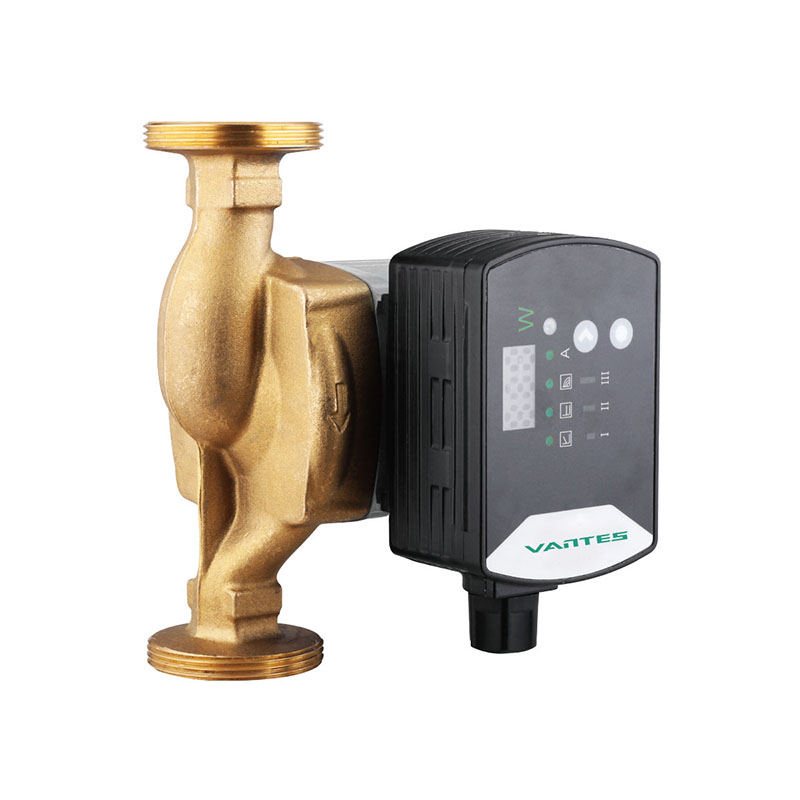In recent years, industrial and commercial water systems have undergone a transformative shift toward energy efficiency, precision control, and sustainable operation. At the center of this evolution stands the Shield Circulating Pump, a technology that is rapidly gaining traction across HVAC, manufacturing, and water management sectors. Engineered to optimize fluid movement while reducing energy consumption, the Shield Circulating Pump has become a cornerstone component in modern fluid circulation systems.
What is a Shield Circulating Pump?
A Shield Circulating Pump is a specialized centrifugal pump designed to maintain the continuous flow of liquids — often water or glycol mixtures — through heating, cooling, or water circulation systems. The "shield" in its name typically refers to an integrated thermal barrier or housing design that insulates the motor or electrical components from direct fluid exposure. This makes it particularly durable in high-temperature or corrosive environments, a feature that enhances reliability in demanding industrial settings.
With built-in smart controllers, variable speed motors, and corrosion-resistant components, Shield Circulating Pumps can be precisely tuned for specific flow rates and temperature conditions. This level of control has become increasingly vital as industries seek more sustainable and cost-effective operational models.
Driving Factors Behind Its Adoption
Several key factors are propelling the widespread adoption of Shield Circulating Pumps in 2025:
Energy Efficiency Mandates: Governments and environmental agencies around the world are tightening regulations on industrial energy use. The Shield Circulating Pump, with its energy-saving variable speed motor and intelligent feedback systems, aligns with these mandates by significantly lowering energy consumption without sacrificing performance.
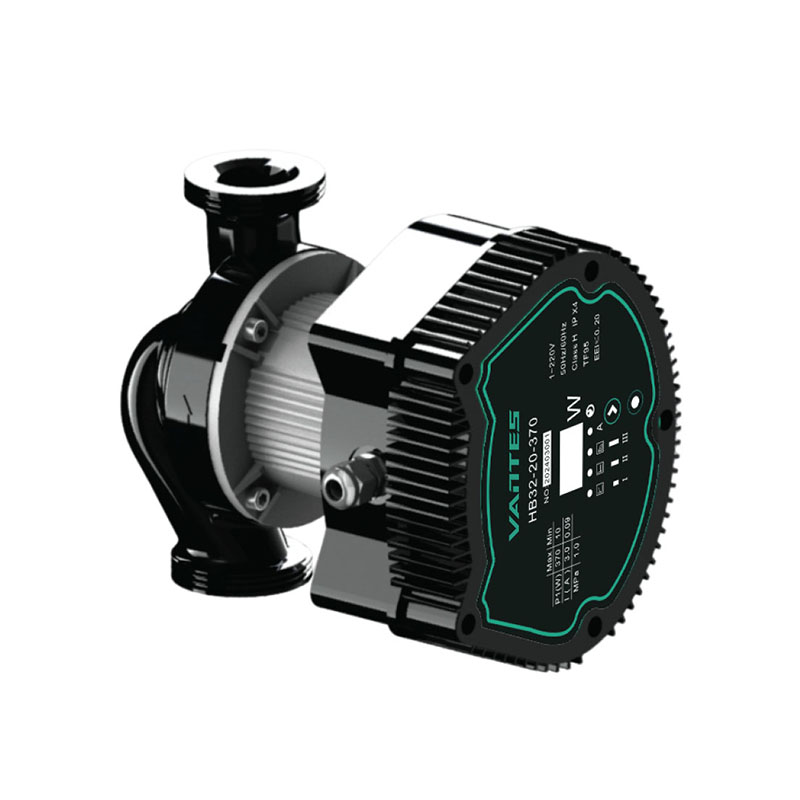
Decarbonization of Buildings: In both commercial and industrial real estate, building owners are retrofitting mechanical systems to reduce carbon footprints. The Shield Circulating Pump is ideal for hydronic heating and cooling systems in green buildings, enabling efficient thermal regulation while operational costs.
Increased Focus on Water Management: Water scarcity and cost are driving industries to optimize water circulation and reuse. Shield Circulating Pumps offer precise control and leakage, making them a choice for closed-loop and heat exchange systems that demand efficient water utilization.
Industrial Automation and IoT Integration: The rise of smart manufacturing and the Industrial Internet of Things (IIoT) has opened new avenues for pump monitoring and automation. Many Shield Circulating Pumps now come equipped with sensors and connectivity options, enabling predictive maintenance, real-time diagnostics, and seamless integration into broader factory control systems.
Key Applications Across Industries
The adaptability and durability of the Shield Circulating Pump make it useful in a wide range of applications:
HVAC Systems: In heating, ventilation, and air conditioning (HVAC) installations, Shield Circulating Pumps are used to circulate water in hydronic heating and chilled water systems. Their quiet operation, long service life, and high efficiency are especially valued in hospitals, office buildings, and educational institutions.
Industrial Heat Transfer Systems: Manufacturing facilities use Shield Circulating Pumps to manage thermal transfer in chemical processing, food production, and metal treatment applications. These pumps provide consistent flow and are resistant to high-temperature fluids and aggressive chemicals.
Solar Thermal Systems: As renewable energy gains ground, solar water heating systems are increasingly employing Shield Circulating Pumps for reliable fluid circulation. Their ability to withstand high temperatures and ensure continuous movement of thermal fluid enhances system performance and longevity.
Boiler Feed and Return Lines: In boiler systems, Shield Circulating Pumps help move water between the boiler and radiators or heat exchangers. Their robust construction and sealed design reduce downtime and maintenance costs in large-scale heating networks.

